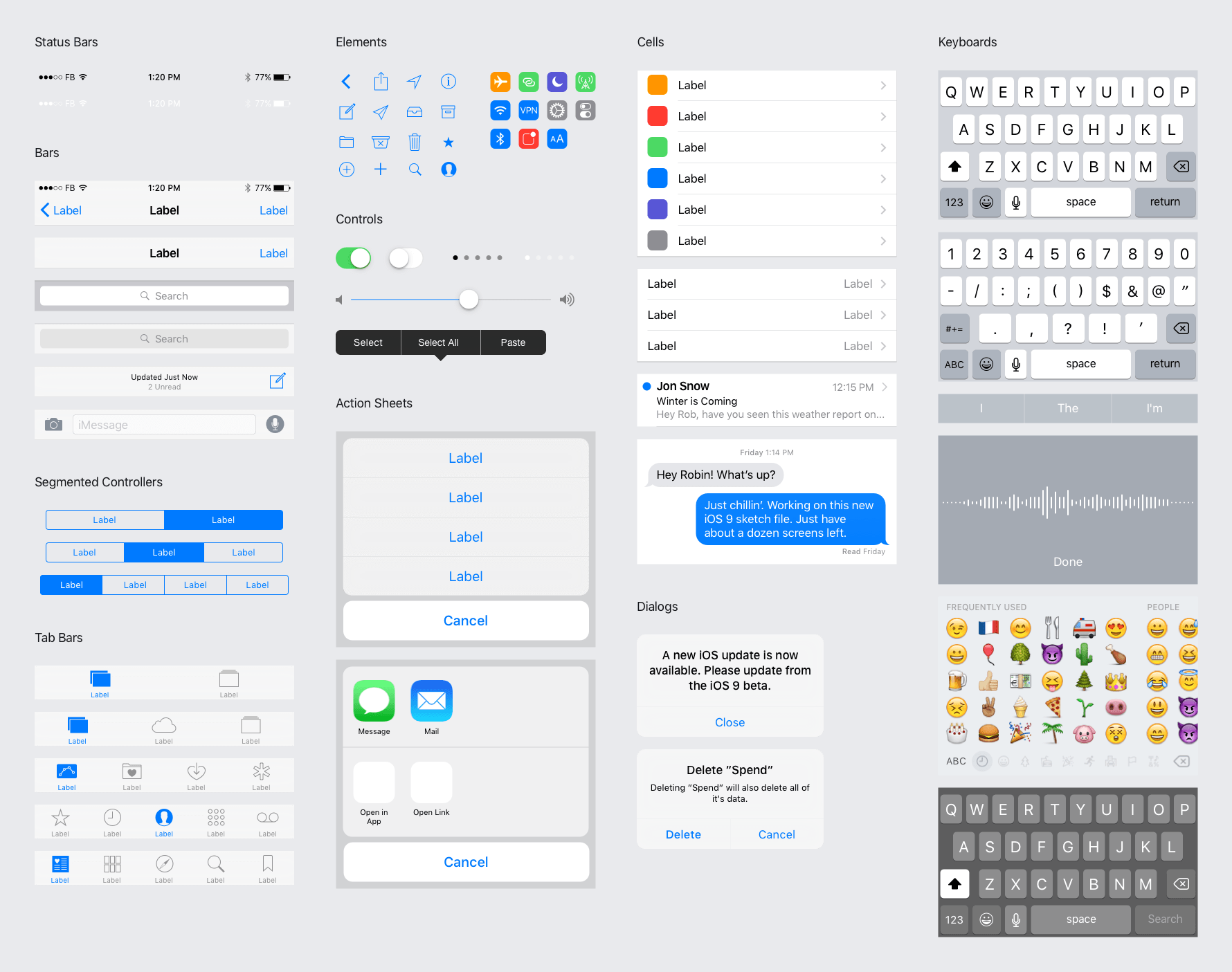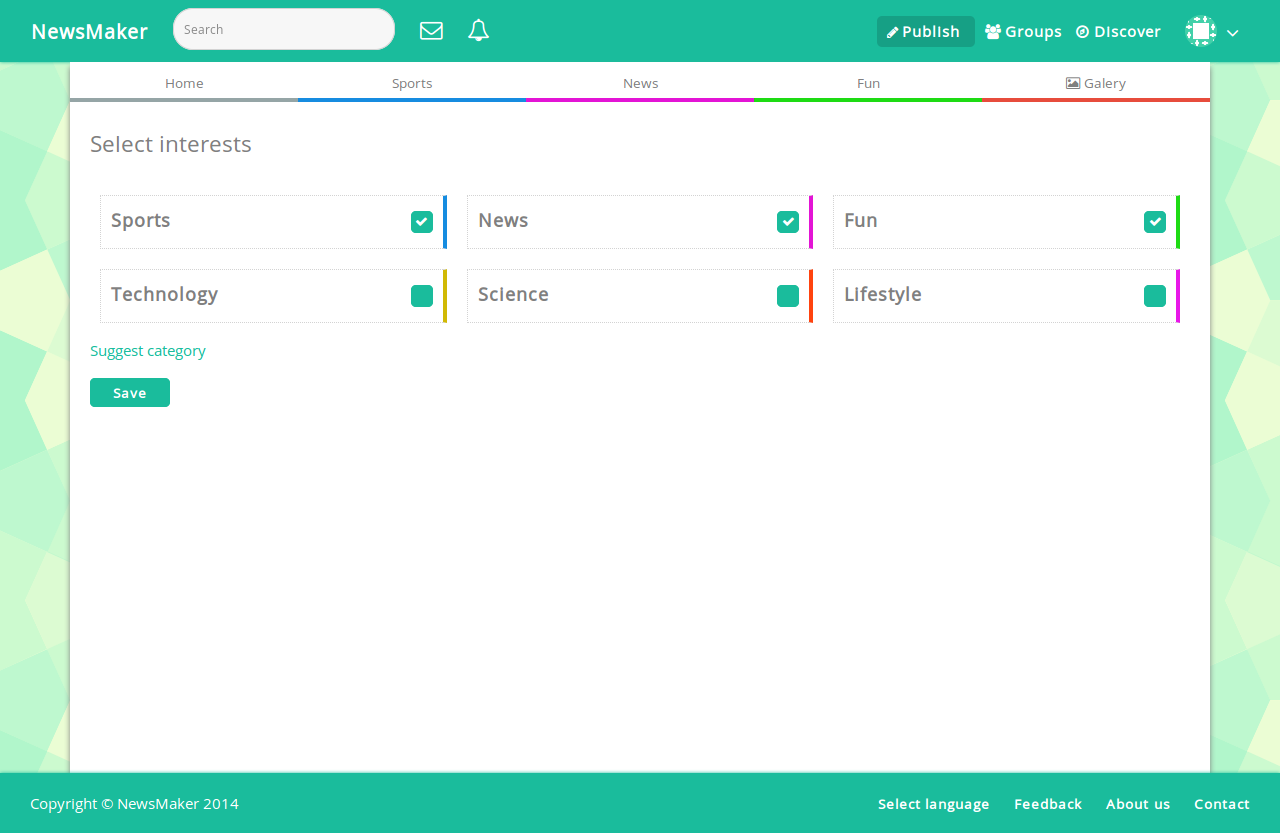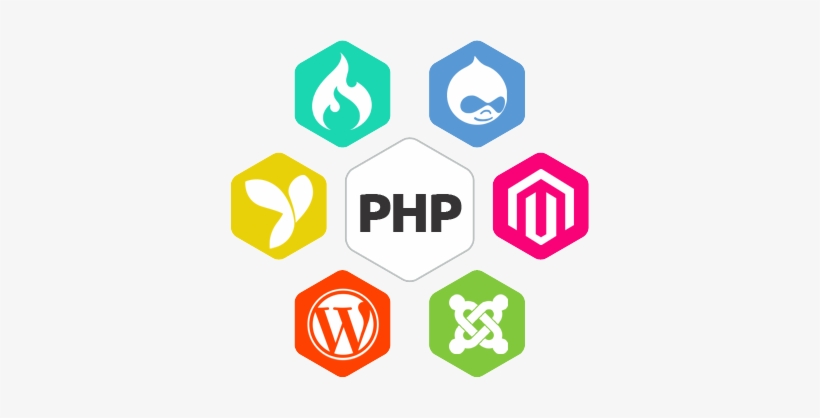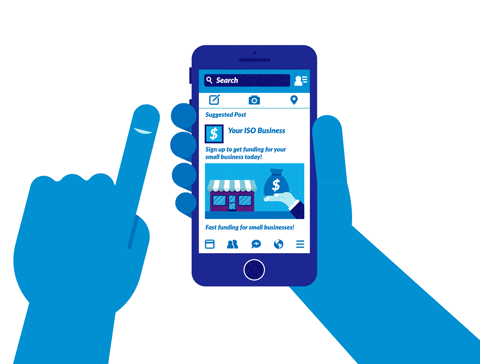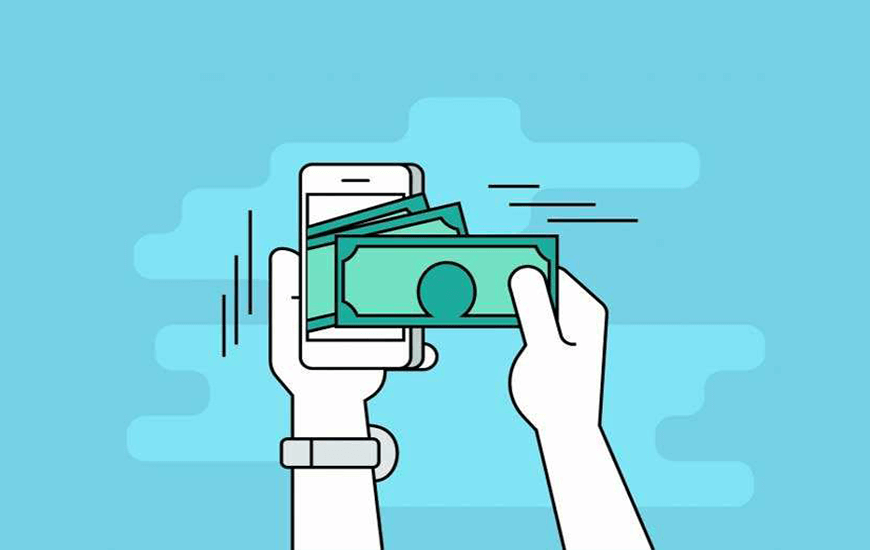Quora – the first thing that comes to mind when they hear the word is information, and in a Q&A format. Since its inception in 2009, this brand has made a name for itself as being the “go-to” site for all kinds of esoteric information. Here are some interesting statistics about Quora.
- Current number of employees: Over 500+
- Reported value of company: USD 1.8 billion as of April 2017
- Number of monthly active users: 300 million
- Number of topics: 400,000
- Percentage of mobile traffic to Quora: 40%
The driving force behind Quora’s success is that it has capitalized on the information segment of the market and propelled it to a new level.
Letting people register and talk about different topics with their real profiles is one thing that other sites do not have, and the need for such platforms never fades.

How Quora Works?
When you register as a user on this platform, you as a user can ask questions and other users answer them. Information in the answers offers a range of opinions and perspectives and people can edit their posts, if they wish to do so, in the future.
What makes the Quora format special is that all the content is generated by bonafide users which makes the platform very popular with users around the world.
The statistics speak for themselves. Just like every other business, Quora also has an app which offers the same access to users. The current trend is to focus on question categories as users find it more useful and keep in touch with happenings around them.
Read Also: How To Create an App Like Amazon
Stats like these will help convince a confirmed skeptic that Quora-like apps will pay off:
Quora’s User-Related Statistics
- Daily Visitors: 1,425,000
- Daily Pageviews: 3,421,990
- Daily Bandwidth:65.84 GB (1.99 TB/month)
- Daily Revenue: $12,833 USD
- Website Worth: $4,693,471 USD
Steps Involved in Developing an App Like Quora
Quora’s success is based on high quality content and an interested and invested audience. What sets the Quora app apart from its competitors is its intuitive design, which is simple to use. All a user must do is:
- Sign up
- At sign up, you must choose categories of interest
- This is used to channel the right information to your feed
- You can always change your interests via the settings option
A typical Quora feed would look like this:

From the above screenshot, the information that a user sees in his feed is obvious – there are answers to questions and questions that he/she could answer.
Keep in mind that Quora is not any Q&A database – elements from artificial intelligence, machine learning, and natural language processing and search algorithms are used to develop an intuitive and informative database.
A dedicated team of web designers and developers will be required to create even a prototype.
List of Features
Here is a list of features that would have to be part of the new app.
- Home Page:
As indicated in the image above, this page gives the user an overview of all the topics, questions and answers on topics being discussed, the people participating and those you follow based on your interest.
- Your Profile:
This is your personal mode of accessing everything on the app/site.
- Activity Feed:
This is displayed on the home page and includes content that is of interest to you. The activity feed basically contains information about multiple topics and people.
- Topics being followed:
This feature allows you the user to follow other people on the site, just like on Twitter.
- Adding answers to questions:
This feature lets a user answer questions or add to other answers by adding or editing information/functionalities. It is also possible to draft answers to questions which have to be answered immediately.
- Sharing Q&As:
Since Quora is essentially set up as a community and your app will also follow the same pattern. You can share your questions or answers.
-
Inbox:
This is essentially for chatting and receiving messages on any topic being discussed.
Other important features that you could include from Quora are:
- The Zen mode
- Ask and answer questions anonymously
- The ability to up- and down-vote answers
- Posting answers in the form of a blog
Now that you have an idea of what features you could develop for your app, you have to also keep in mind that you will need an Admin section to manage the feeds. Here is an overview of what you have to do to have a complete and functional app.

Read Also: How To Create a Retail App Like Walmart
Advanced Features to Include for Better Coverage
- Social Media Integration:
To make it easier for your users to share content with others, integrating the requisite API will allow them to also add and connect with multiple social media accounts for better visibility.
- Integrating Cloud storage:
This is to ensure that information and data is stored safely for easy access. Your choices for cloud storage include Google Cloud or Amazon’s data storage facilities. You may need to pay if your generated data is higher than the storage offered by them is surpassed.
- Integrating CMS:
To manage an app and website seamlessly, integrate them with a good content management system which you use to track all your content.
Since your Q&A sessions cover a number of topics and the information has to be stored somewhere, using a CMS makes complete sense.
You have to also take the following KPIs into consideration as part of the app planning process, if you want to generate a similar following and the same revenue volume.
Active user numbers:
After creating and deploying the app, one way to create interest in your app is to encourage your users to invite friends to follow. Once they understand what your app offers and its value, you will have many new users. Try to add new and unique features to make the app fun to use and promote.
User retention rates:
Getting new users is important but retaining them is more so. By making it easy for users to sync social media accounts, information on the topics they are following and commenting on will boost new sign ups by friends.
Push notifications are a good way to draw attention to your app and this is one metric which requires close attention and follow up.
Engaging the audience:
Q&A apps are a great way to get educated on a range of topics. Whether a person knows something or asking questions, making it fun to participate will go a long way in audience engagement.
Work on making the UI for your app fun and easy. Adding quirky features will raise your visibility.
Read also : 11 Easy Steps to Create a Mobile Application
Developing a Quora-like app could cost a lot of time and money, ranging from $20,000 for a basic version and close to $70,000 for a version with all the bells and whistles.
Consider the people who are needed to understand the requirements and deliver the needed results:
- UI and UX experts
- Developers for both Android and iOS platforms
- Backend developers
- QA personnel
- Project and Delivery Manager
Building any app is a fairly long and complicated process and finding the right team to do the work is very important. Pick a team based on their previous work and get your app rolling.































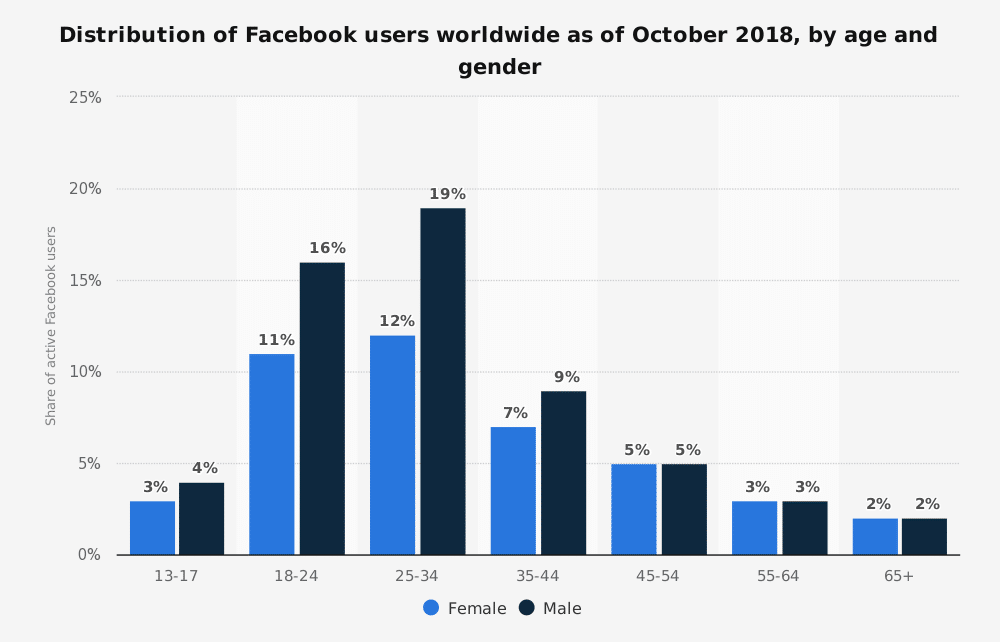 It would be interesting to learn some of the compelling facts and statistics around Facebook mobile app:
It would be interesting to learn some of the compelling facts and statistics around Facebook mobile app: